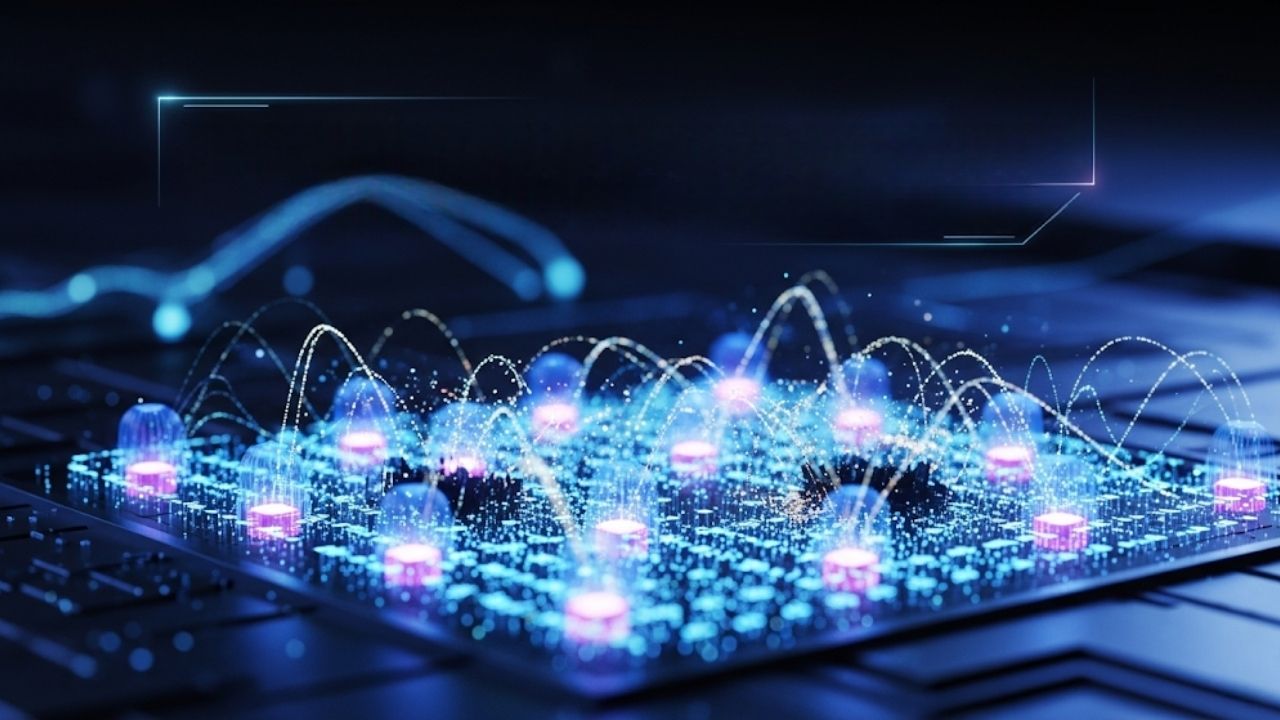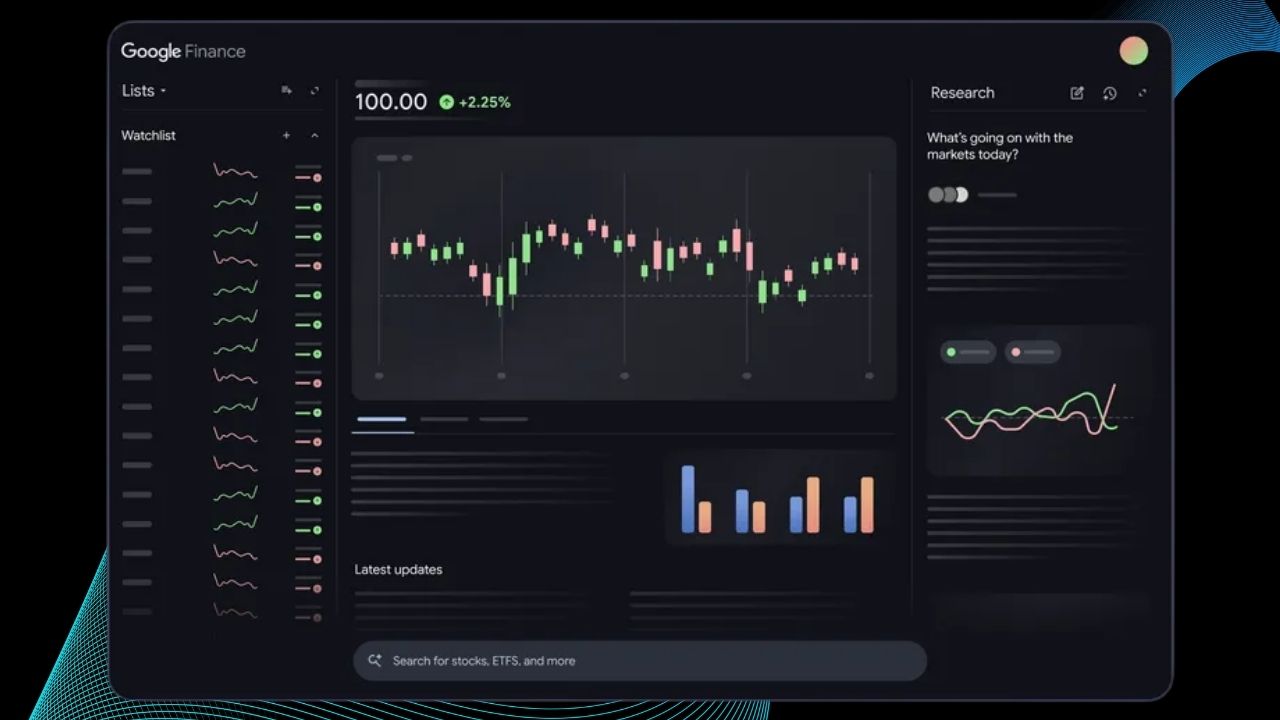Quantum Sensing Technology: Quantum sensing technology is no longer just a buzzword in scientific circles—it’s fast becoming a game-changer for industries like defense and semiconductors. As we step into 2025, quantum sensing technology is making the leap from research labs to real-world deployment, promising breakthroughs in precision, security, and efficiency that were previously unimaginable.
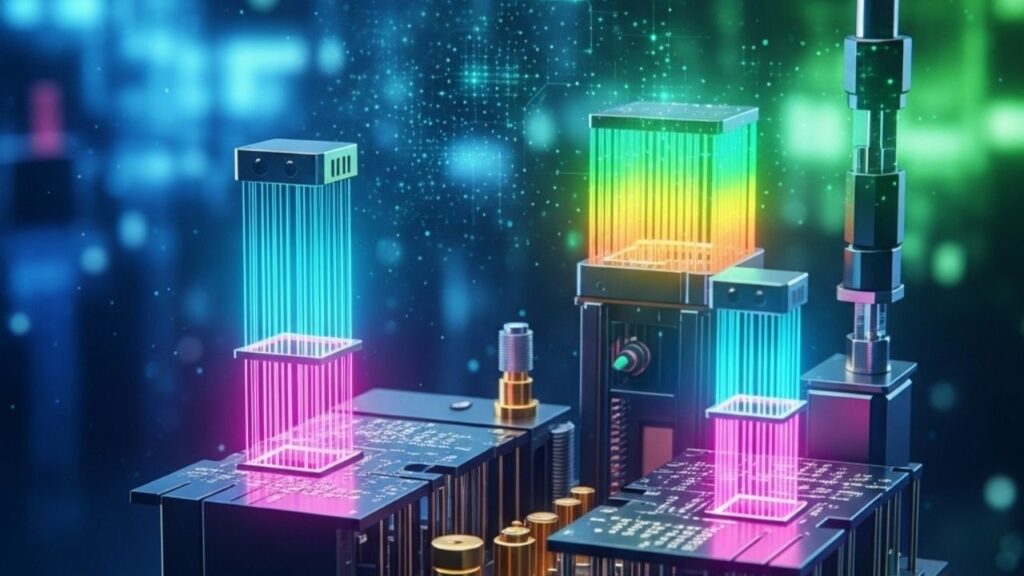
In this article, we’ll break down what quantum sensing is, why it matters, and how it’s transforming two of the world’s most critical sectors. Whether you’re a curious student or a seasoned professional, you’ll find clear explanations, practical examples, and expert insights to help you understand and leverage this exciting field.
Quantum Sensing Technology
| Feature/Fact | Details & Examples |
|---|---|
| What is Quantum Sensing? | Uses quantum mechanics to measure physical properties with extreme precision (e.g., magnetic fields, gravity). |
| Defense Applications | Navigation in GPS-denied areas, detecting stealth threats, secure communications, logistics optimization. |
| Semiconductor Applications | Failure analysis, process monitoring, chip-level diagnostics, advanced imaging. |
| Market Size | Global quantum sensor market expected to reach $2.2 billion by 2045. |
| US Defense Investment | Over $100 million committed to quantum tech, including sensors and secure communications. |
| Recent Advances | NASA’s quantum sensor in space, Q-CTRL’s GPS-free navigation, QuantumDiamonds’ chip diagnostics. |
| Challenges | Scalability, environmental robustness, workforce development. |
| Official Resource | DARPA Quantum Sensors Program |
Quantum sensing technology is moving from theory to practice, driving innovation in defense and semiconductor applications. With investments pouring in and field tests underway, the next few years will likely see quantum sensors become a standard part of critical systems worldwide. Whether you’re a student, engineer, or policymaker, understanding quantum sensing is key to staying ahead in the technology race.
What Is Quantum Sensing Technology?
Quantum sensing uses the strange rules of quantum mechanics—like superposition and entanglement—to measure things more accurately than ever before. Imagine a sensor so sensitive it can detect the tiniest changes in gravity, magnetic fields, or even time itself. That’s the promise of quantum sensing.
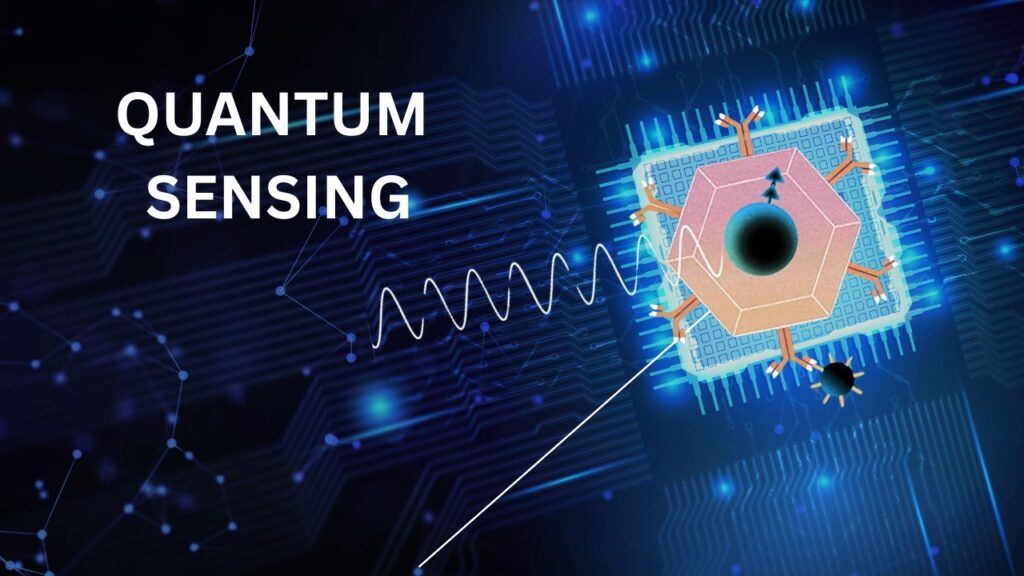
How does it work?
Traditional sensors use electrical or mechanical changes to detect signals. Quantum sensors, on the other hand, rely on the behavior of atoms, photons, or electrons at the quantum level. For example, a quantum magnetometer might use the spin of electrons in a diamond to detect magnetic fields that are invisible to ordinary sensors.
Why Is Quantum Sensing Important?
Quantum sensors can:
- Measure with unprecedented accuracy: They can sense changes that are a million times smaller than what classical sensors can detect.
- Operate in extreme environments: Quantum sensors can work in space, underwater, or even inside the human body.
- Enable new technologies: From self-driving cars to secure military communications, quantum sensors open the door to innovations that weren’t possible before.
Quantum Sensing in Defense: A New Era of Security
How Defense Is Using Quantum Sensing
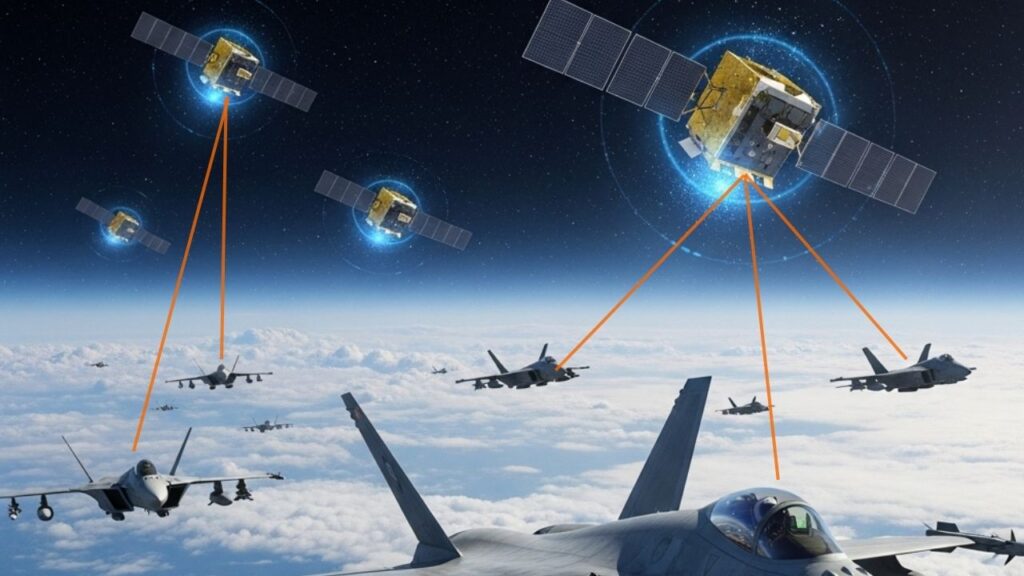
The defense sector is one of the first to embrace quantum sensing, and for good reason. In military operations, having accurate information can mean the difference between success and failure.
Key Applications:
- Navigation Without GPS:
GPS can be jammed or spoofed by adversaries. Quantum sensors provide a backup, allowing ships, planes, and troops to navigate accurately even when GPS is unavailable.
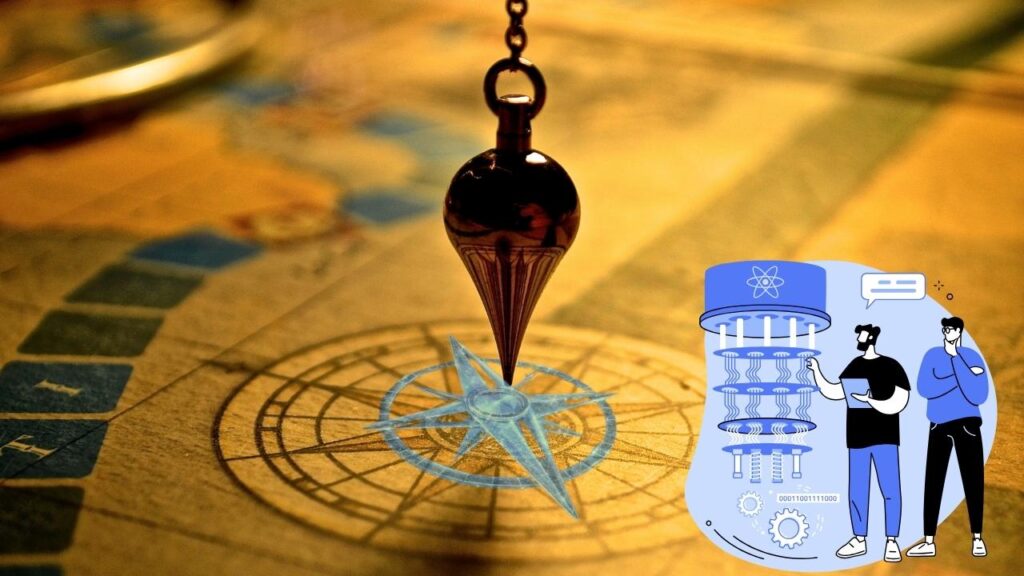
- Detecting Stealth Threats:
Quantum sensors can spot submarines, nuclear materials, or stealth aircraft by picking up subtle magnetic or gravitational anomalies. - Secure Communications:
Quantum encryption ensures that military messages can’t be intercepted or decoded by enemies, even with the most advanced computers. - Optimizing Logistics:
Quantum systems can solve complex problems for moving troops and supplies, making operations more efficient.
Real-World Example:
The US Department of Defense (DoD) has launched multiple programs, such as DARPA’s Robust Quantum Sensors (RoQS), to develop sensors that work reliably even on moving vehicles or in harsh environments. The Defense Innovation Unit’s Transition of Quantum Sensing (TQS) program is field-testing quantum sensors for navigation, anomaly detection, and more across all military branches.
Global Race:
Rival nations like China and Russia are also investing heavily in quantum sensing and communications, raising the stakes for national security. The US has committed over $100 million to stay ahead in this technological race.
Quantum Sensing in Semiconductors: Precision at the Atomic Level
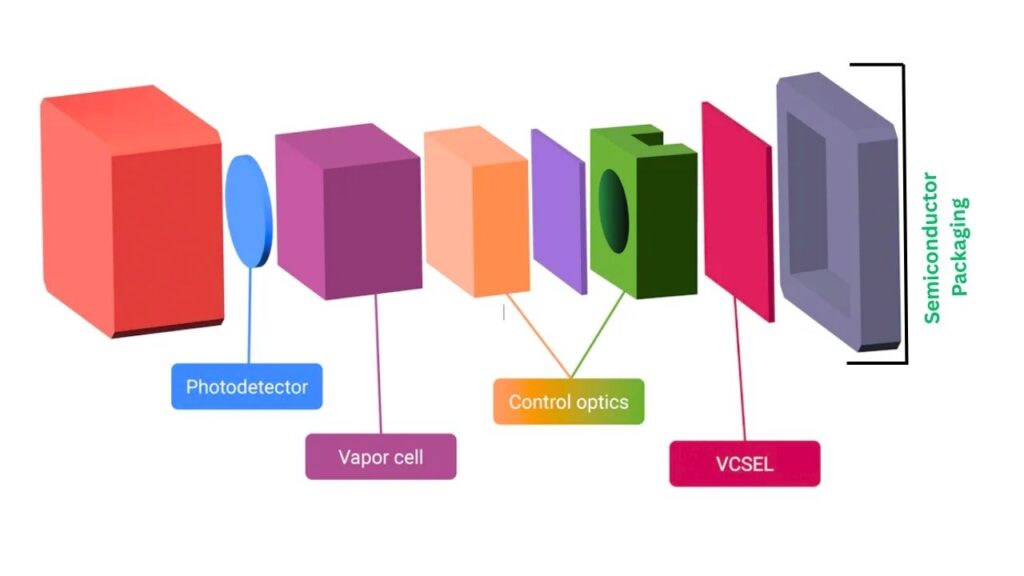
Revolutionizing Chip Manufacturing and Diagnostics
In the semiconductor industry, making and testing chips requires tools that can “see” and measure at the atomic scale. Quantum sensors are providing just that.
Key Applications:
- Failure Analysis:
Quantum sensors can detect tiny defects or failures in chips that traditional tools might miss. For example, QuantumDiamonds has launched a diamond-based microscope that uses quantum effects to spot issues in semiconductor devices. - Process Monitoring:
During chip manufacturing, quantum sensors can monitor temperature, magnetic fields, and other variables in real time, ensuring higher yields and fewer defects. - Advanced Imaging:
Quantum imaging tools can create detailed maps of electric and magnetic fields inside chips, helping engineers design better, faster electronics.
Industry Impact:
With the global quantum sensor market projected to reach $2.2 billion by 2045, semiconductor companies are racing to integrate these tools into their production lines.
How Quantum Sensing Works: A Simple Guide
Let’s break down how a typical quantum sensor operates:
- Preparation:
Atoms or particles are prepared in a specific quantum state (like aligning their spins). - Interaction:
The sensor is exposed to the physical property being measured (e.g., a magnetic field). - Quantum Response:
The quantum state changes in response to the property. - Measurement:
Scientists measure the change, which reveals precise information about the environment.
Example:
A quantum gravimeter can detect tiny changes in gravity, which might indicate a hidden tunnel or underground structure—useful for both defense and civil engineering.
Overcoming Challenges
Quantum sensing isn’t without hurdles:
- Environmental Sensitivity:
Quantum sensors are extremely sensitive—not just to the signals they’re supposed to measure, but also to vibrations, temperature changes, and electromagnetic noise. Programs like DARPA’s RoQS are working to make these sensors robust enough for field use. - Scalability:
Making quantum sensors affordable and easy to produce at scale is an ongoing challenge. - Workforce Development:
There’s a need for more engineers and technicians trained in quantum technologies.
The Future: Quantum Sensing Meets AI, Robotics, and More
Quantum sensing doesn’t exist in a vacuum. It’s part of a larger wave of innovation that includes artificial intelligence (AI), robotics, and advanced cybersecurity.
- AI and Machine Learning:
AI can help interpret the vast amounts of data generated by quantum sensors, spotting patterns and anomalies faster than humans can. - Robotics:
Robots equipped with quantum sensors can navigate more precisely, work in dangerous environments, and perform tasks that require extreme accuracy. - Cybersecurity:
Quantum sensors and encryption are paving the way for ultra-secure networks and communications.’
Ocean-Like Fluids Reveal Tiny Porous Particles Sink Faster: A Surprising Discovery in Marine Science
Hydrogen Fuel at Half the Cost? New Catalyst from South Korea
Researchers Demonstrate Advanced Cooling in Data Centers to Cut Emissions 15–21%
FAQs About Quantum Sensing Technology
Q: What makes quantum sensors better than traditional sensors?
A: Quantum sensors use the unique properties of quantum mechanics, allowing them to measure things with much higher precision and sensitivity than classical sensors.
Q: Are quantum sensors being used in the real world today?
A: Yes! Field tests are underway in military, aerospace, and semiconductor industries. NASA has even demonstrated quantum sensors in space.
Q: Will quantum sensing replace current technologies?
A: Not entirely. Quantum sensors will complement and enhance existing systems, especially in areas where extreme precision or robustness is needed.
Q: What careers are available in quantum sensing?
A: Opportunities range from research and engineering to manufacturing, cybersecurity, and data science. As the field grows, so will the demand for skilled professionals.
